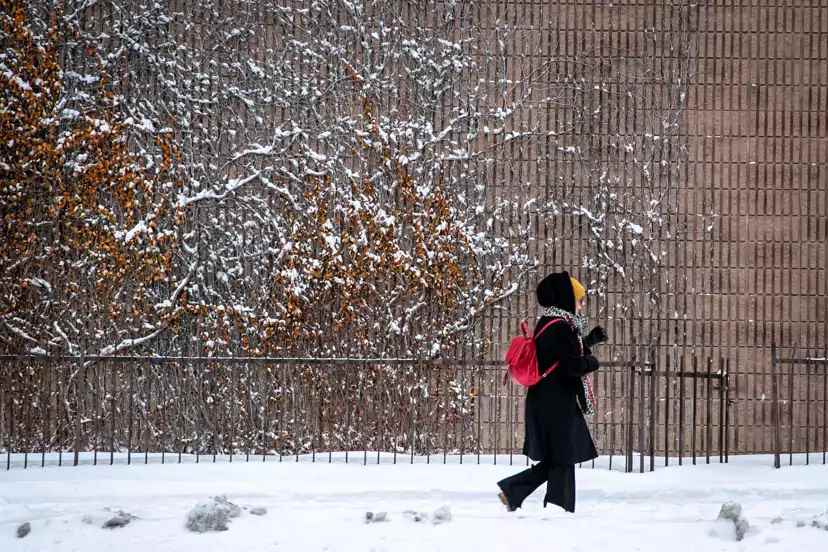It is called XBB.1.5 and could cause surprises in the coming weeks. Will this sub-variant of Omicron, which is experiencing “impressive growth” in the United States, come to play the spoilsport after the holidays?
COVID-19 has not said its last word. At the start of the new year, it is the XBB.1.5 sub-variant that is attracting attention.
As of late December, XBB.1.5 was responsible for more than 40% of COVID-19 infections in the United States, according to the Centers for Disease Control and Prevention. CDC).
This sub-variant is “born from the recombination of two viruses, descendants of BA.2”, explains Gaston De Serres, medical epidemiologist at the National Institute of Public Health of Quebec (INSPQ).
There is an increase in the contagiousness of this virus compared to its predecessors because it is able to “attach itself well”, he explains. “It probably takes a smaller infective dose to make someone sick,” says Dr.r From Serres.
The growth of the virus is “impressive”, says infectious disease specialist and microbiologist Donald Vinh, of the McGill University Health Center, who cites the example of the United States, where XBB.1.5 is on the way to becoming the predominant variant. .
A growth rate still unknown in Canada
What about Quebec? Among all the variants of the COVID-19 virus identified by the INSPQ, XBB.1.5 is found in the “other” category. It will be necessary to wait until next week to have more precise data, explains the Dr Vinh.
The Public Health Agency of Canada has told The Press that as of January 4, 2023, it was “aware of 21 detections of XBB.1.5” in the country.
“Proportions and growth rates will not be known until there are sufficient data,” we were told.
There is no evidence so far that XBB.1.5 causes more severe disease, says Gaston De Serres.
“At the moment, there is no data that seems to indicate that the virus is more virulent. Virulence is the ability to cause severe symptoms, hospitalizations or death,” says Dr.r From Serres. But, he says, the more contagious a virus is, the more people it will affect.
Donald Vinh recalls that “the severity of the disease is also a function of the protection we have”.
“If we are adequately vaccinated with a booster dose, it is the best thing to protect us”, says the Dr Vinh.
This is also what the Ministry of Health and Social Services says.
“According to the scientific data currently available, there is currently no evidence that the XBB subline is more virulent than the BA.5 subline. Bivalent vaccines also appear to provide better protection against these sublines than monovalent vaccines,” writes spokeswoman Noémie Vanheuverzwijn.
A sub-variant to watch
Just before the holidays, the multiplication of respiratory viruses was felt in schools across the province. One in ten students in Quebec was absent the week of December 19.
What should we expect next week, when everyone returns to class?
“For respiratory viruses in general, school is the driving force behind these epidemics of annual respiratory infections”, observes Gaston De Serres.
We can nevertheless think that “it will be less intense” than before the Christmas holidays, says the epidemiologist, because influenza is in “fairly marked” regression, as is the respiratory syncytial virus (RSV).
The “uncertain part” remains XBB.1.5.
“What part will it take and how fast will it develop? I would be embarrassed to predict it accurately,” says Dr From Serres.
Infectiologist Donald Vinh believes for his part that we risk seeing a “small increase” in influenza and RSV in the community, but also in the XBB.1.5 subvariant.
“We are going to have an increase in cases. Are we going to have an increase in the number of people hospitalized because of this? It is fear. We will see the effect on the health system in two or three weeks, ”says the Dr Vinh.
